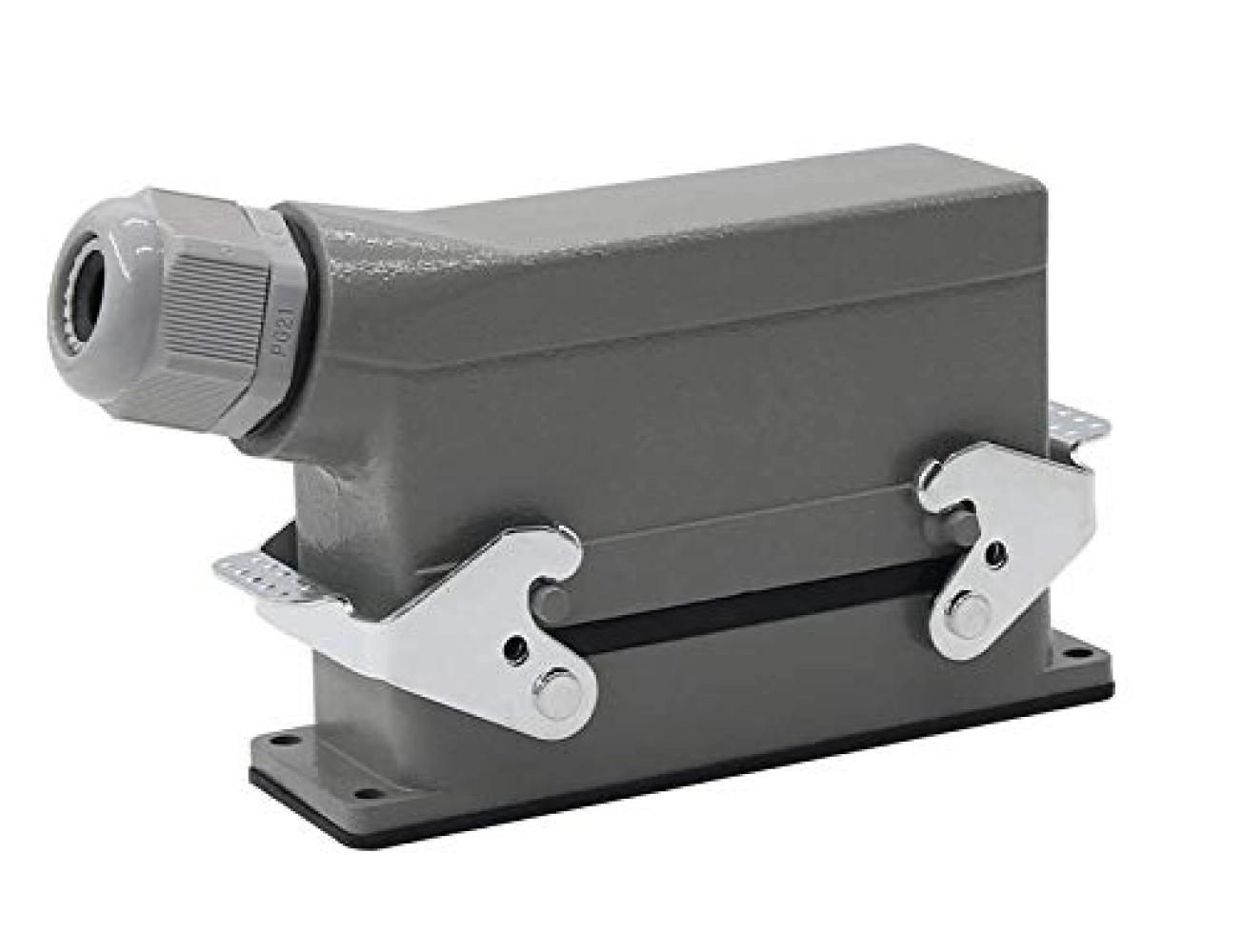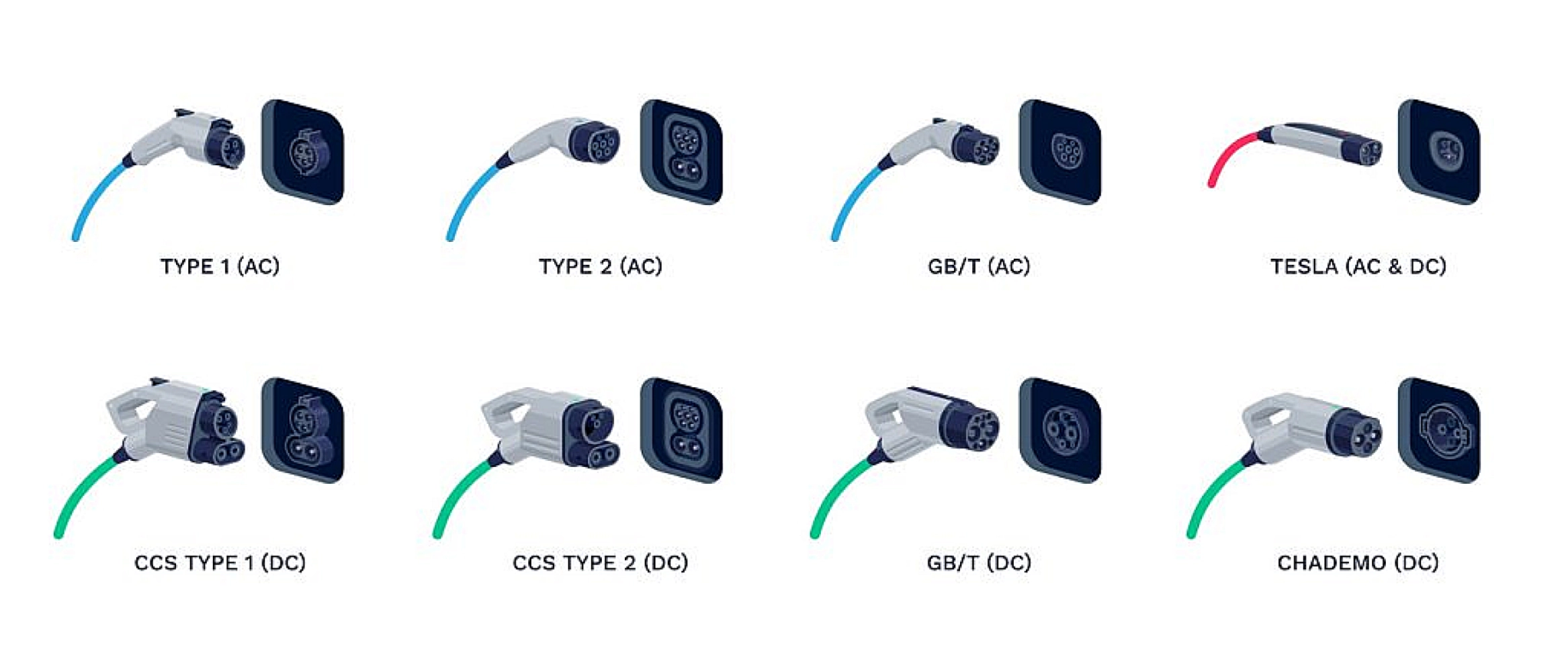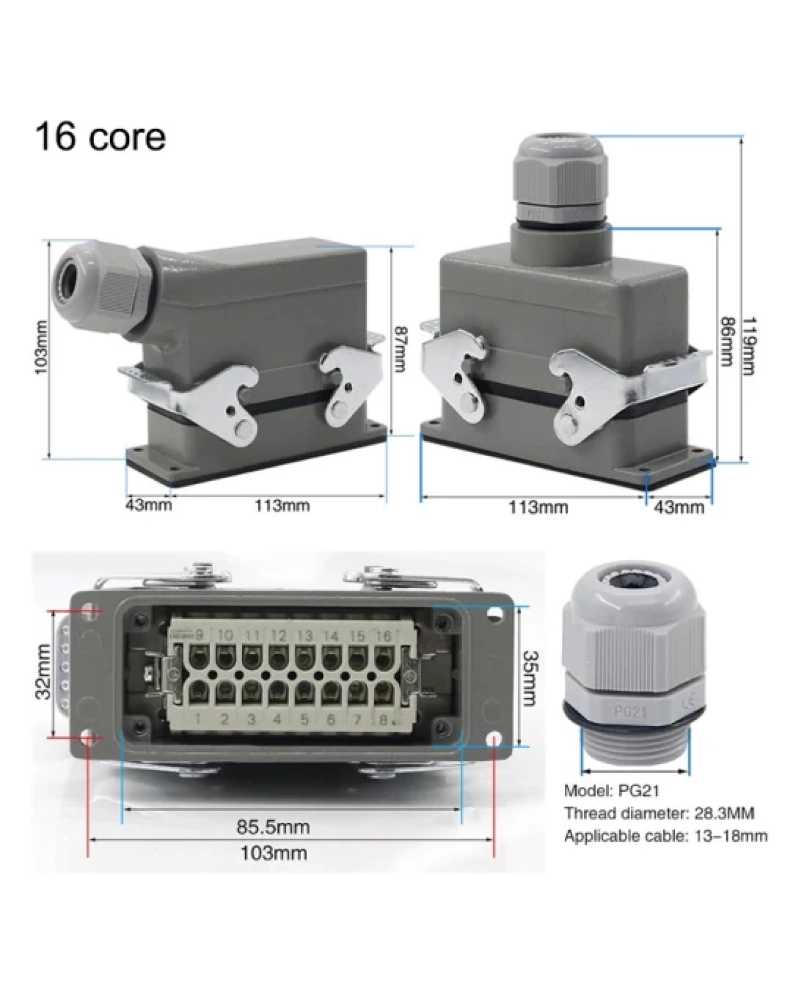Module Connector
Our Products
One Module for Universal Compatibility
The connector that plugs into the EV is typically located on the charging cord that comes with the vehicle. It is usually a specific type of connector that is designed to fit only the charging port on the vehicle. This connector is typically designed to be weather-resistant and durable, as it will be exposed to the elements when the vehicle is being charged.


Robust and Durable Cables
TPE material is more resistant to bending, ensuring longer equipment life.
Cable Features
- Conform to the provisions and requirements of GB/T 20234.2-2015 & 62196-2 IEC 2010 SHEET 2-lle.
- Product assembly meet GB/T 20234.2-2011 Charging Mode3 connection method B2.
- Using riveting pressure process with none screw, have a beautiful appearance.Hand-neld design conform to the ergonomic principle,plug conveniently.
Design influence
- Nice appearance, hand design to prevent accidental direct contact with hands.
- Excellent protection performance, protection grade achieved IP55 of plug(working condition)High security.

FAQ
Do you have any question?
How does a charging station work?
-
A charging station supplies electric power to your vehicle's battery, similar to how a gas pump fuels a traditional car. When you plug your electric vehicle (EV) into the charging station, electricity flows through a cable and into the battery.
The charging station manages the flow of electricity to ensure safe and efficient charging. Depending on the station's type, it can charge your EV at different speeds—Level 1 for basic home charging, Level 2 for faster home or public charging, and DC Fast Charging for the quickest boost, often available at public locations. Simply plug in, and your EV will start charging!
How do I stop a charge and disconnect?
+
A charging station supplies electric power to your vehicle's battery, similar to how a gas pump fuels a traditional car. When you plug your electric vehicle (EV) into the charging station, electricity flows through a cable and into the battery.
The charging station manages the flow of electricity to ensure safe and efficient charging. Depending on the station's type, it can charge your EV at different speeds—Level 1 for basic home charging, Level 2 for faster home or public charging, and DC Fast Charging for the quickest boost, often available at public locations. Simply plug in, and your EV will start charging!
Can I reserve a charger ahead of time?
+
A charging station supplies electric power to your vehicle's battery, similar to how a gas pump fuels a traditional car. When you plug your electric vehicle (EV) into the charging station, electricity flows through a cable and into the battery.
The charging station manages the flow of electricity to ensure safe and efficient charging. Depending on the station's type, it can charge your EV at different speeds—Level 1 for basic home charging, Level 2 for faster home or public charging, and DC Fast Charging for the quickest boost, often available at public locations. Simply plug in, and your EV will start charging!
How do I pay for charging?
+
A charging station supplies electric power to your vehicle's battery, similar to how a gas pump fuels a traditional car. When you plug your electric vehicle (EV) into the charging station, electricity flows through a cable and into the battery.
The charging station manages the flow of electricity to ensure safe and efficient charging. Depending on the station's type, it can charge your EV at different speeds—Level 1 for basic home charging, Level 2 for faster home or public charging, and DC Fast Charging for the quickest boost, often available at public locations. Simply plug in, and your EV will start charging!
Our Products




